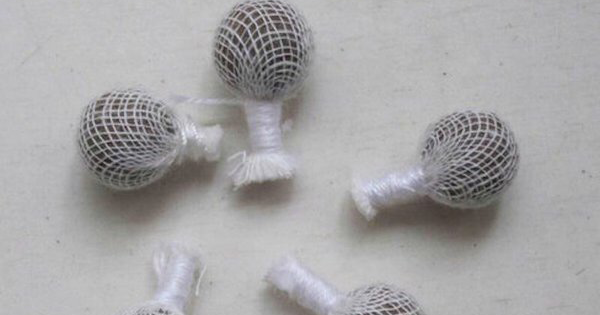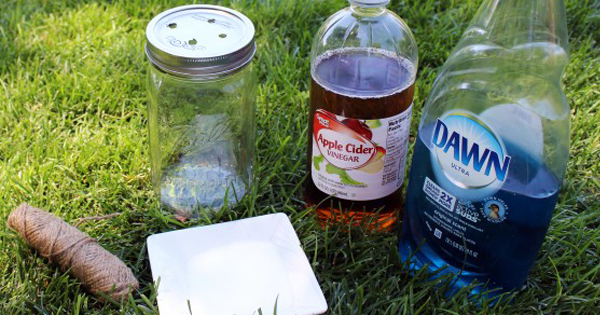In an effort to make our products safer for consumers, we may have made a sacrifice for our children. Researchers are now finding that two chemicals used to replace a chemical that was viewed as dangerous to public health may be especially dangerous for children and teens.
These chemicals are called diisononyl phthalalate (DINP) diisodecyl phthalate (DIDP), and they’re found in plastic products such as plastic wrap, plastic food containers, makeup, and soap. They’re both phthalates, which are common plasticizers.
However, a recent study showed that this chemical has a surprisingly large negative effect on blood pressure in individuals between the ages of 8 and 19. In a study done on the urine of 1,329 individual, it was found that the more of each of these chemicals that with each tenfold increase in the chemical in their urine, their blood pressure went up by one point.
A statement from the study says. “Our research adds to growing concerns that environmental chemicals might be independent contributors to insulin resistance, elevated blood pressure and other metabolic disorders.”
Another small study discovered that these two chemicals could be linked to higher levels of insulin resistance, which puts these kids at higher risk for type 2 diabetes.
Unfortunately, not only are these chemicals legal in the US, but chemicals used in consumer products don’t even need toxicity testing before they’re used in products. ##MN_RESP##
So how can you protect kids from these products? Try not to heat up foods in plastic containers (Tupperware, containers for frozen dinners), and don’t heat things up with plastic wrap if possible. For reusable plastic food containers, hand washing is better than dishwashing, since the dishwasher could make these chemicals more likely to leach onto your food with continued use.
The chemicals are used in plastic containers labeled 3, 6, or 7, which is another easy way to tell which plastics to avoid.
What do you think of this change in your plastic?
Photo Copyright © 2007 leannethrax/Flickr





